The passage of the Constitutional Amendment Bill on GST has opened the way for introduction of GST in India, most probably from July 01 2017.
The need for GST has been felt because under the current indirect tax structure:-
1) Tax barriers have fragmented the Indian market,
2) Cascading effects of taxes on cost have made indigenous manufacture less attractive,
3) Complex multiple taxes have raised cost of compliance.
The GST Council has finalised a four-tier GST tax structure of
- 5 %
- 12 %
- 18 % and
- 28 %
With lower rates for essential items and the highest for luxury and de-merits goods, including luxury cars and tobacco products that would also attract an additional cess [maximum to maximum 15 %].
Cess has been capped at 15%.There will be five categories of goods on which a cess will be levied [Pan masala, tobacco and its products, coal and related fuels, mineral waters, aerated waters and drinks, luxury cars etc. However, actual rates will be lower than the said caps. Special Economic Zones – Supplies will be at ‘Zero Rate’. With a Point of view to keeping inflation under check, essential items including food, will be taxed at zero rates.
The cess is expected to provide additional resources to the central government to compensate states for losses incurred under compensation to state act. This will be based on the compensation formula based on Loss occurred to states.
GST is expected to have a favourable outcome on the economy as per my opinion.
Basically we can take 2 segments
1. Organised Segment :- GST impact will be minor and for very short period
2. Unorganised Segment:- GST impact will be for short duration
After time of gap market will recovered and target GDP growth @ 2 % can be achieved.
Major Favourable outcomes:-
1) Input Tax Credit: –Removal of tax barriers with seamless credit will make India a common market leading to economies of scale in production and efficiency in supply chain.
2) Cascading Effect: –Removal of cascading effect of taxes embedded in cost of production of goods and services, significantly reducing cost of supply.
3) Facilitating ease of doing business– Integration of existing multiple taxes [around 17 indirect taxes] into single GST will significantly reduce cost of transaction and tax compliance cost.
The exact rates applicable to particular goods and services have not been finalized and this will be decided during 14th Council meeting to be held on May 18-19, 2017 in Srinagar. Hence, it is difficult to measure the exact impact across sectors which can be analysed after categorisation of goods. Based on the current tax rates (central excise and VAT) for key product segments across sectors and the proposed GST rates, we expect most sectors to gain or otherwise in a limited way.
As part of GST implementation, service tax is expected to go up [expected 18%] from the current levels of 15 %, but which may not be negative for service companies in airlines, telecom, insurance, etc., because in existing system they are not able to take input on Goods & services (upto a level) but in proposed GST they will get benefit of Input credit on many goods & services which are related to furtherance of business.
Impact of GST on Segment wise
1. Services Sector Segment: As per existing Tax structure currently service tax is charged @ 15% & whereas as per proposed GST @18 % will be charged on Supply of Services but in existing tax structure assesses is not able to take the input tax credit benefit of goods & services whereas in proposed GST system assesses will be able to take credit of supply of both goods & services which will cover difference of additional 3 % GST upto a level.
Thus on many service Tax Sector there is no huge benefit or loss but in some industry sector which only provide pure services and does not uses goods or services so not having input tax credit than on those service sector tax burden will be increased by 3% like in telecom or insurance sector there are no many goods or services consumed so this sector could face marginally negative impact from the higher service tax rate of 18 per cent (likely) versus 15 per cent currently.
2. Organised and unorganised: – Important fallout of GST could be shift from unorganised to organised segment. The unorganised sector will come into the tax net and will lose the benefits arising from non-payment of taxes and levies.
Thus, companies which are operating in organised manner will get benefit of high unorganised component in terms of increased demand. Companies in sectors like plywood, ceramic tiles, batteries, etc. will stand to benefit.
3. Distribution Channel –Large or Short :- The sectors which have long value chain from basic goods to final consumption stage by end user with operation spread in multiple states [FMCG, pharmacy, consumer durables, etc] should benefit. FMCG companies could generate substantial savings in logistics and distribution costs as the need for multiple sales depots will be eliminated. FMCG companies pay nearly 30% including excise duty, VAT and entry tax and a lower rate of 18% or 12 % could yield significant reduction in taxes. But a higher GST rate of 28 per cent for consumer durables and some FMCG products may disappoint the market. Warehouse rationalisation and reduction of overall tax rates, is expected to generate saving.
4. Impact on Automobile companies:-Automobile companies could gain from GST implementation if the GST rate on their products is 18 % [Bike, Hatchback, and Sedan] and they are able to retain the benefits of lower rates. However, the higher rate of 28 % on luxury cars & on SUV would not have negative impact as there are so many taxes charged as per current system and credit input is not available for all taxes.
Impact of GST on Segment wise
Several consumer products may become cheaper when the goods and services tax is rolled out because effective tax on most items will be down at least 2 % under the multilayered tax structure.
Under the proposed regime, tax on most consumer goods will come down from over 30 % to 28 % and even to 18 % in the case of certain categories including soaps and oils etc.
As long as the rates are in the high teens and the low twenties in aggregate it should lead to consumption boost. For makers of soft drinks, the tax impact is likely to be minimal, unless they are clubbed with tobacco and taxed at more. The existing excise duty on soft drinks is 18 %.
GST on small screen televisions will be around 18 %, while for above necessary goods like refrigerators, washing machines, A.C. and large screen televisions will be at 28 %. At present, the tax structure on televisions is around 24 % while that for above necessary goods is around 30 %.
Biggest benefit of GST will be convenience of business since under the current regime, companies had to set up warehouses and pay VAT in each state.
For cigarettes, the taxation rate including excise and state VAT varies between 45-65 % depending on the cigarette length and whereas per 12th council meeting GST rate on Cigarette & Tobacco products will be RS 4170 per 1000 Sticks or 290 % or a combination of both.
Mobile bills for consumers, however, could go up. The GST rate for telecom companies is likely to be pegged at 18 %. Telecom service providers currently attract 15 % service tax.
Edible oil is consumed by almost 99 % of the households, it should logically fall in the lowest category of taxation under GST by considering it as necessity product & will be charged @ 5 %, but around 70% of edible oil is imported, the government can probably balance the import duty with GST in a way that consumers benefit. Operating at a 1-2%, some small and medium size entities opt for tax evasion to avoid loss. Keeping edible oil in the lowest slab category would encourage genuine business in the system
The edible oils industry is caught in confusion on two counts:
- the effect of the introduction of GST on its tax structure and
- The possible impact of India’s ongoing negotiations with the Regional Comprehensive Economic Partnership (RCEP) on import tariffs.
The fear is that a combination of possibly higher taxes and distorted tariffs will further reduce the competitiveness of an industry where capacity utilisation is barely 33 per cent (domestic output being about 7.50 million tonnes).It has pre-judged the situation, even as the exempted items and rates for all GST goods and services are yet to be agreed upon.
If edible oils are included in GST, as indeed they should, the likely taxes could be in the region of 12 per cent (6 per cent each towards Central GST and State GST, respectively), going by the Subramanian panel’s recommended levy for essentials.
The best course of action would be to allow tax credit on both edible oil inputs and outputs, at a rate that would be applicable to essentials, rather than exempt edible oils from GST.
While offering free tariff lines at RCEP, particularly to the Asean grouping, the interests of the edible oil sector, which has lost out to Malaysia and Indonesia, should not be overlooked.
India’s edible oils consumption is likely to grow at a faster rate than the increase in per capita incomes, for which oilseeds production needs a fillip. While oilseeds output jumped from 11 million tonnes to 21 million tonnes from the mid-1980s to the mid-1990s. After crossing 32 million tonnes in 2010-11 and 2013-14, production has fallen to 25-27 million tonnes.
The tax slab for the edible oil sector under the coming GST is likely to be revenue-neutral. Besides checking tax evasion, this is likely to improve the overall efficiency in the sector, edible oil is in the essential commodity category, which attracts the lowest GST rate of 5% .“Inflation on edible oil is not only managed by tax. The government has import duty as another tool, with a large part of edible oil is imported due to which GST would improve efficiency in the supply chain. In India production of edible oil is around 7.5 million tonnes annually, which constitute only 1/3rd of its consumption. The rest is met through imports, mainly from Indonesia, Malaysia and Argentina. As per latest report import of edible oil for this year is likely to be a record 15.50 million tonnes.











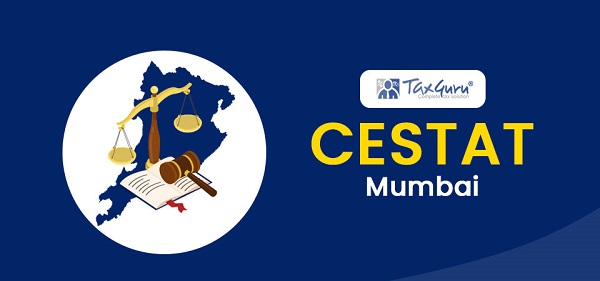
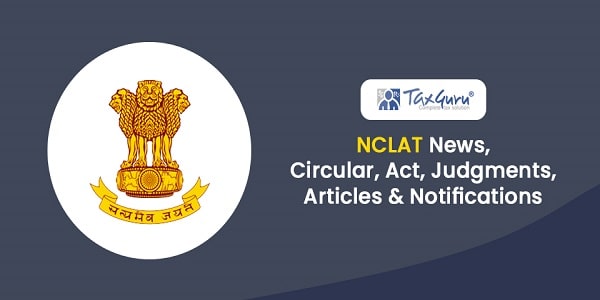

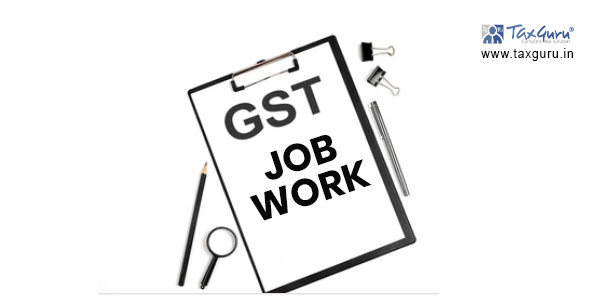

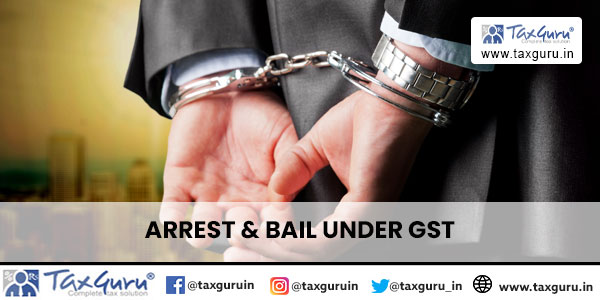
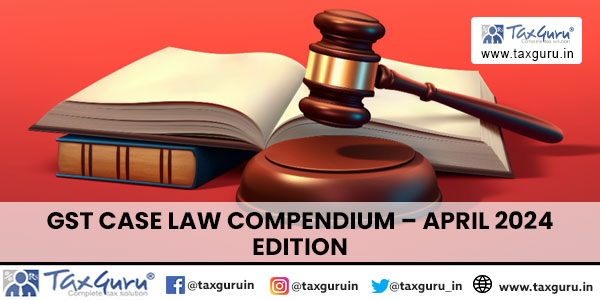


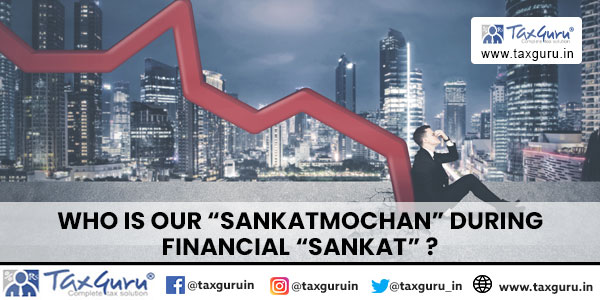
kindly furnish me Mr. Gaurav Ram’s Email ID.
3% increase is nothing for a service provider as he may get the credit in gst but the tax is finally borne by the consumers of the service will create a huge inflation as incidence of 3% is huge on the consumer market
for service 3% increase is nothing for a service provider as he may get the credit in gst but the tax is finally borne by the consumers of the service will create a huge inflation as incidence of 3% is huge on the consumer market